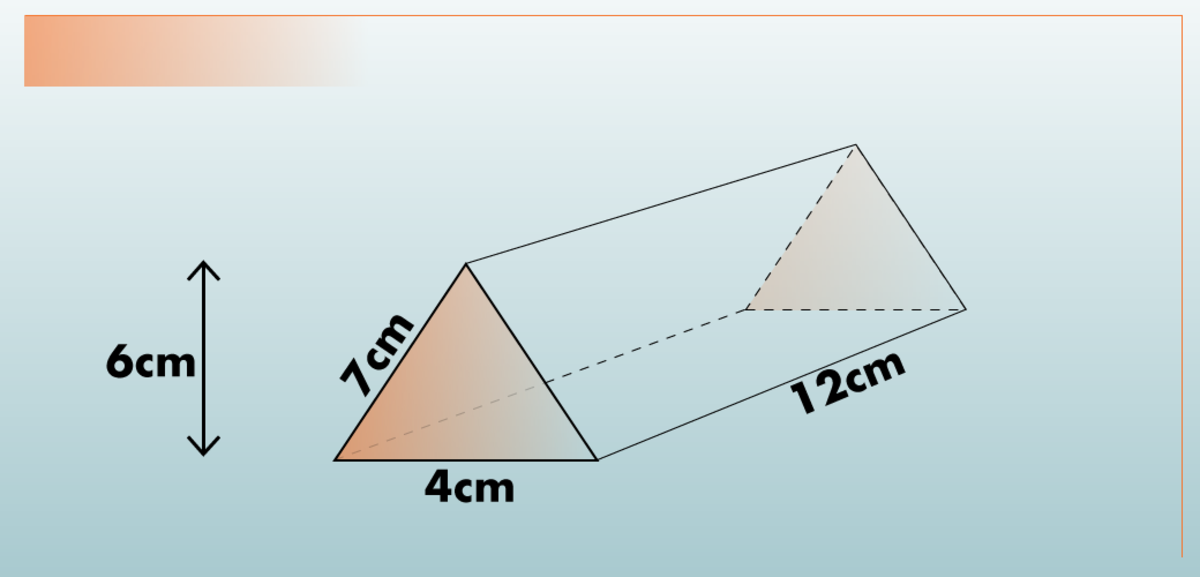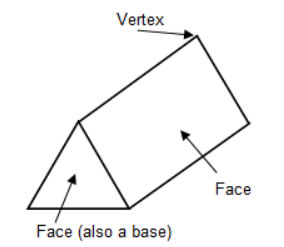

This inconsistency caused confusion amongst later geometricians. with sides which were not parallelograms). Euclid defined the term in Book XI as "a solid figure contained by two opposite, equal and parallel planes, while the rest are parallelograms", however the nine subsequent propositions that used the term included examples of triangular-based prisms (i.e. Like many basic geometric terms, the word prism ( Greek: πρίσμα, romanized: prisma, lit.'something sawed') was first used in Euclid's Elements. Most frequently, dispersive prisms are equilateral (apex angle of 60 degrees). However it is often chosen so that both the incoming and outgoing light rays hit the surface at around the Brewster angle beyond the Brewster angle reflection losses increase greatly and angle of view is reduced. The top angle of the prism (the angle of the edge between the input and output faces) can be widened to increase the spectral dispersion. Fused quartz, sodium chloride and other optical materials are used at ultraviolet and infrared wavelengths where normal glasses become opaque. Unfortunately, high-dispersion regions tend to be spectrally close to regions where the material becomes opaque.Ĭrown glasses such as BK7 have a relatively small dispersion (and can be used roughly between 3 nm), while flint glasses have a much stronger dispersion for visible light and hence are more suitable for use as dispersive prisms, but their absorption sets on already around 390 nm. Therefore, the resulting dispersion is not a simple sum of individual contributions (unless all prisms can be approximated as thin ones).Ĭhoice of optical material for optimum dispersion Īlthough the refractive index is dependent on the wavelength in every material, some materials have a much more powerful wavelength dependence (are much more dispersive) than others.
#TRIANGULAR PRISM SERIES#
Main article: Multiple-prism dispersion theoryĪligning multiple prisms in series can enhance the dispersion greatly, or vice versa, allow beam manipulation with suppressed dispersion.Īs shown above, the dispersive behaviour of each prism depends strongly on the angle of incidence, which is determined by the presence of surrounding prisms. Regions 0, 1, and 2 have indices of refraction n 0. Littrow prism with mirror on its rear facetĭeviation angle and dispersion Thick prism Ī ray trace through a prism with apex angle α.Amici prism and other types of compound prisms.This makes a prism a useful substitute for a mirror in some situations. If light inside the prism hits one of the surfaces at a sufficiently steep angle, total internal reflection occurs and all of the light is reflected. Prisms are sometimes used for the internal reflection at the surfaces rather than for dispersion. A usual disadvantage of prisms is lower dispersion than a well-chosen grating can achieve. Furthermore, prisms do not suffer from complications arising from overlapping spectral orders, which all gratings have.

Prisms will generally disperse light over a much larger frequency bandwidth than diffraction gratings, making them useful for broad-spectrum spectroscopy. This can be used to separate a beam of white light into its constituent spectrum of colors. This causes light of different colors to be refracted differently and to leave the prism at different angles, creating an effect similar to a rainbow. The refractive index of many materials (such as glass) varies with the wavelength or color of the light used, a phenomenon known as dispersion.

The degree of bending of the light's path depends on the angle that the incident beam of light makes with the surface, and on the ratio between the refractive indices of the two media ( Snell's law). This speed change causes the light to be refracted and to enter the new medium at a different angle ( Huygens principle). Light changes speed as it moves from one medium to another (for example, from air into the glass of the prism). A triangular prism, dispersing light waves shown to illustrate the differing wavelengths of light.


 0 kommentar(er)
0 kommentar(er)
